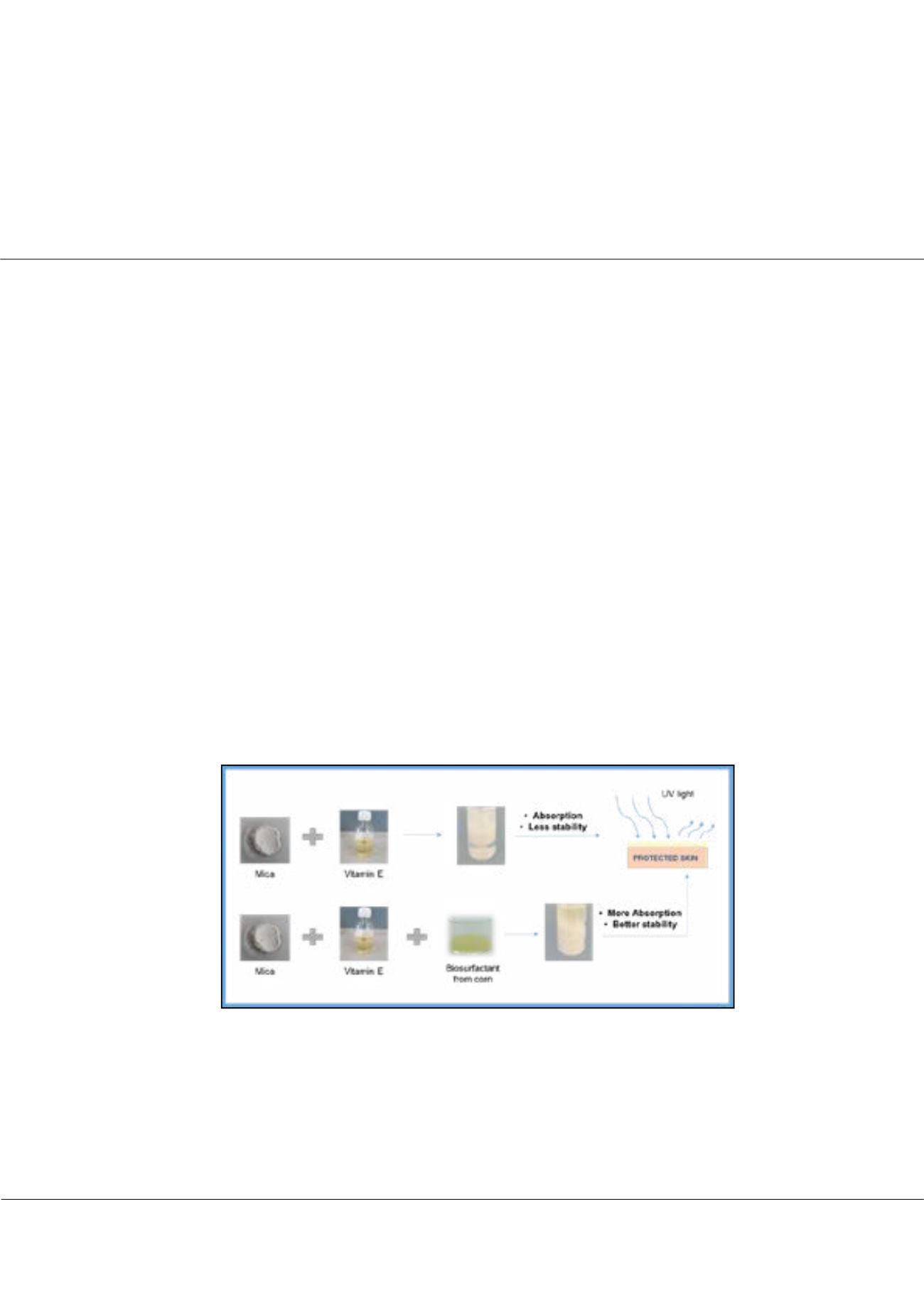

Page 45
conferenceseries
.com
Volume 8
Journal of Biotechnology & Biomaterials
ISSN: 2155-952X
Pharma Biotech 2018
December 10-11, 2018
December 10-11, 2018 | Rome, Italy
23
rd
International Conference on
Pharmaceutical Biotechnology
Looking for more biocompatible sunscreen ingredients in pharmaceutical and cosmetic formulations
Myriam Rincón Fontán, L Rodriguez-Lopez, A Lopez-Prieto, X Vecino, J M Cruz
and
A B Moldes
University of Vigo, Spain
Statement of the Problem:
Nowadays, cosmetic and pharmaceutical industries are looking for more natural ingredients to
prevent the effects of sun damaging radiation (UV light) on skin. Usually, sunscreen formulations contain synthetic organic
compounds, which can produce irritant effects on skin. Therefore, there is a need for the use of more natural and biocompatible
ingredients. The utilization of a biosurfactant extract obtained from corn in combination with mica, could be an interesting
alternative to replace chemical sunscreen ingredients. Additionally, vitamin E could be included as well in these formulations
because of its antioxidant capacity. In this work, it is elucidated that the sun protection factor (SPF) and emulsion formation
(EV) of different formulations were formed by a biosurfactant aqueous extract (obtained from corn), a mining silicate mineral
(mica) and a non-aqueous soluble antioxidant (Vitamin E).
Methodology:
Different formulations were prepared in presence and absence of biosurfactant, in order to see the effect of it as
sunscreen and emulsifier. The SPF of each substance and of the different formulations was measured following the methodology
of Mansur et al. using ethanol as solvent. On the other hand, the percentage of emulsion formation (EV) was measured as in
previous studies, during one month.
Findings:
It was shown that all substances tested exerted sun protection capacity. Particularly, the biosurfactant showed a
better SPF than tocopherol, at the same concentration. As a consequence, the presence of the biosurfactant increased the SPF
of the different formulations. Moreover, this biosurfactant was observed to exert emulsifier capacity during the experiment.
Conclusion & Significance:
The preparation of formulations in presence of biosurfactant, mica and tocopherol can be a good
alternative to obtain more biocompatible sunscreen formulations for the cosmetic and pharmaceutical industry, observing a
synergistic effect of mica and biosurfactant on the stabilization of the emulsions.
Recent Publications
1. Rincón-Fontán M, Rodríguez-López L, Vecino X, Cruz J M and Moldes A B (2018) Design and characterization of
greener sunscreen formulations based on mica powder and a biosurfactant extract. Powder Technology 327:442-228.
2. Chen L, Hu J Y and Wang S Q (2012) The role of antioxidants in photoprotection: a critical review. Journal of American
Academy of Dermatology 67(5):1013-1024.
Myriam Rincón Fontán et al., J Biotechnol Biomater 2018, Volume 8
DOI: 10.4172/2155-952X-C8-109


















